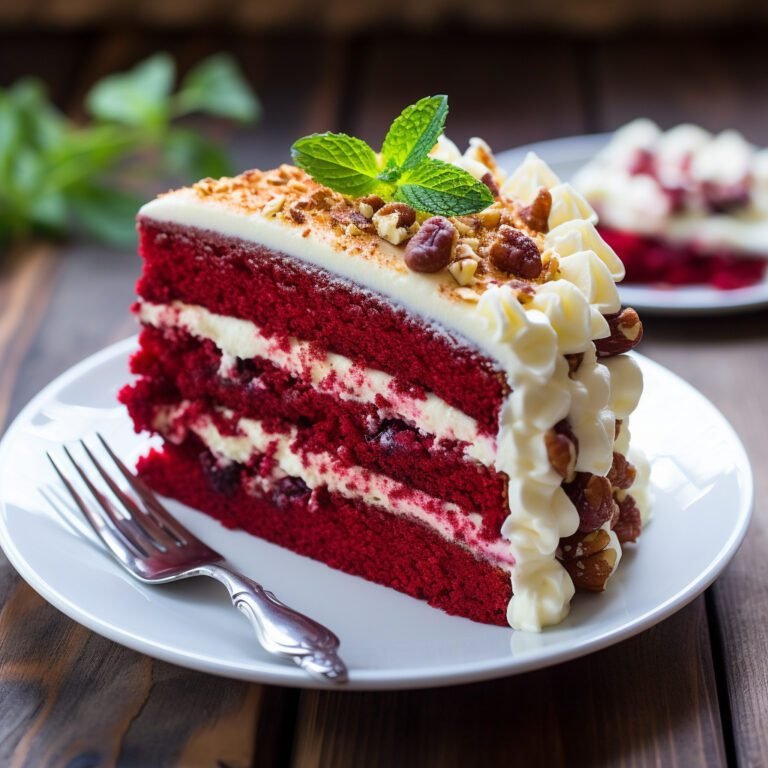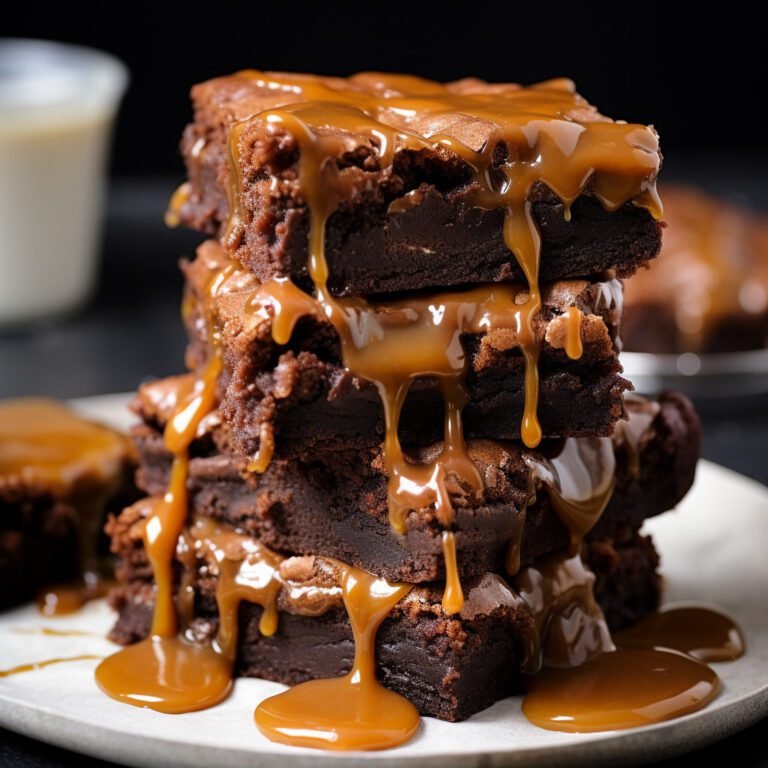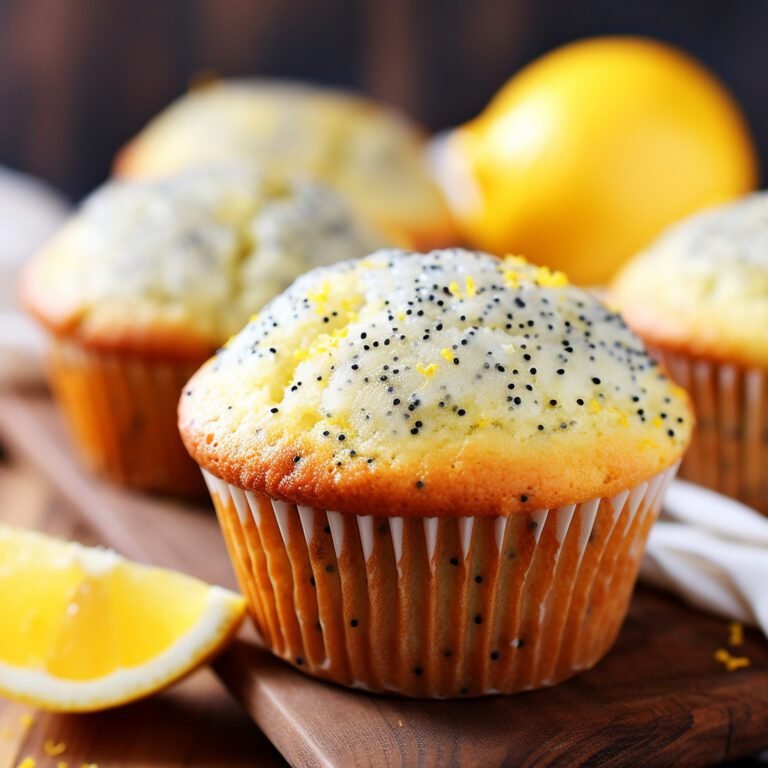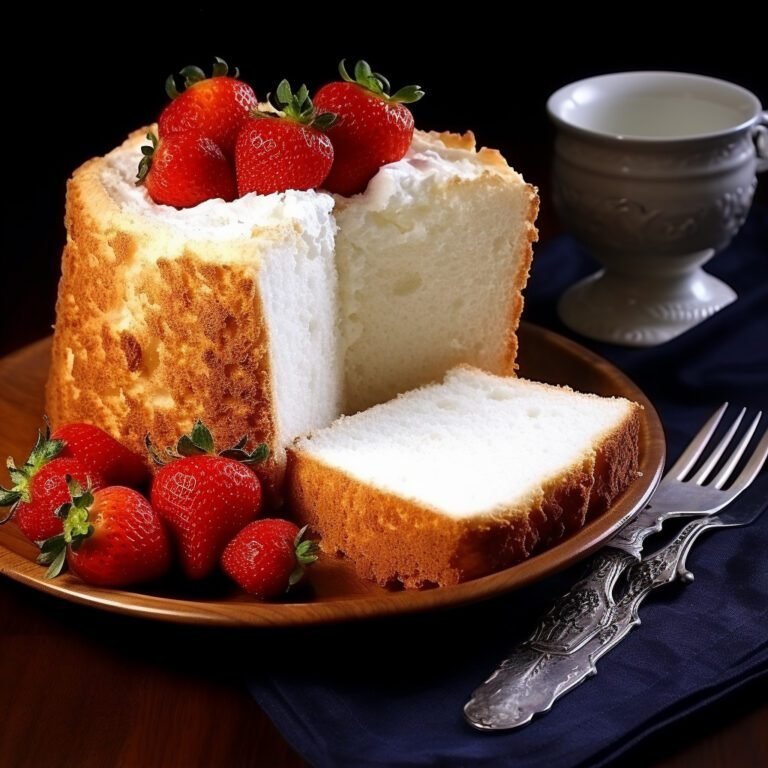Perfect Yeast Dough
Ingredients:
- Warm Water: 1 cup (235 ml) – The water should be warm, not hot, to activate the yeast without killing it.
- Active Dry Yeast: 2 ¼ teaspoons – This is typically one packet if you’re using pre-packaged yeast.
- Sugar: 1 tablespoon – Sugar helps to feed the yeast and add a slight sweetness to the dough.
- Salt: 1 teaspoon – Salt enhances flavor and controls yeast activity.
- Olive Oil: 2 tablespoons – Adds moisture and helps to create a tender dough.
- All-purpose Flour: 3 to 4 cups (360 to 480 grams) – Start with 3 cups and add more as needed to achieve the right consistency.
Instructions:
- Proof the Yeast:
- In a large mixing bowl, dissolve sugar in warm water. Sprinkle yeast over the top and let it sit for about 5 to 10 minutes, until it becomes frothy. This step ensures your yeast is active.
- Mix the Dough:
- Add salt and olive oil to the yeast mixture. Gradually mix in 3 cups of flour. Add more flour as needed until the dough comes together and is no longer sticky.
- Knead the Dough:
- Turn the dough onto a floured surface and knead for about 6 to 8 minutes, until it is smooth and elastic.
- First Rise:
- Place the dough in a greased bowl, turning once to grease the top. Cover with a clean kitchen towel and let it rise in a warm place until it doubles in size, about 1 to 1.5 hours.
- Shape and Second Rise (Optional):
- After the first rise, punch down the dough and shape it as desired (e.g., loaf, rolls, pizza base). Let it rise again for a shorter period, about 30 minutes to 1 hour, if a specific shape is needed.
- Bake or Cook as Desired:
- The dough is now ready to be baked or cooked according to your specific recipe’s instructions (e.g., baking bread, making pizza).
Tips:
- Temperature Control: Yeast is sensitive to temperature. Too hot water can kill it, and too cold water won’t activate it properly.
- Kneading: Adequate kneading is crucial for gluten development, which gives the dough its structure and texture.
- Rising Time: Be patient. The dough may take longer to rise in colder environments.
This basic yeast dough recipe can be the foundation for a variety of baked goods like bread, rolls, pizza, and more. Feel free to experiment with additional flavors or ingredients as desired!





